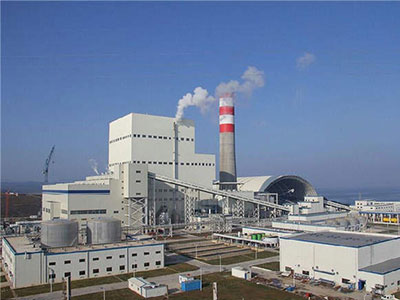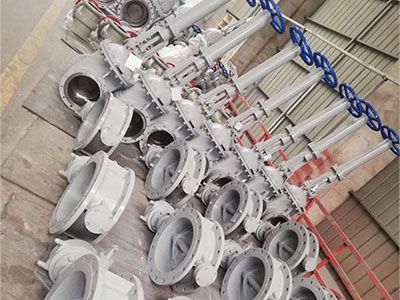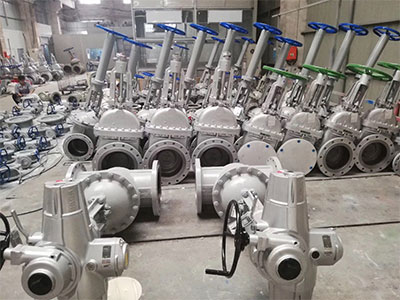What is ICDAS Steel?
Eldest of the family, Koca Mustafa Bey arrives in Istanbul to start a vessel repair business in the 1880s. Aslan’s family enters into casting machinery field in 1954 and sets up the first rolling mill in 1961. And in 1969, İstanbul Çelik Demir İzabe Sanayi Inc. is established.…
Icdaş, have been producing construction steel and alloyed steel since 1970, is the second biggest steel producer in Turkey with its production capacity.
ICDAS ranked in the 6th place among the 500 Biggest Industrial Enterprises of Turkey including the public sector in 2014, according to the determinations of the Istanbul Chamber of Industry (ISO), which has around 10.000 employees together with the group companies.
Being aware of the strategic significance of the national steel industry for the Turkish economy and being devoted to its roots, ICDAS is the technology and quality leader in the steel industry.
The leading sector in the economies of developed countries has always been the steel industry. Our world is developing under the glow of steel. ICDAS, being the biggest private steel producer in our country, contributes to the target of our country of reaching the level of contemporary civilizations with its elbow grease at the steel ladle.
İÇDAŞ, while meeting the world quality standards with integration and use of technology in Çanakkale investments, it also became a reputable institution in the world steel league with the competitive strength it has created, and also made a significant contribution to the global competitive strength, reflecting the future of our country.
With energy efficiency, process efficiency, environmental awareness, technology usage, and participation of its employees in productivity, İÇDAŞ shares the justified pride of bringing the name of our country to a notable point by putting forth competitive strength in a race, which it started well behind in the world steel sector.
Turkey’s BEKIRLI 2×600MW Supercritical Coal-fired Power Station

Turkey’s BEKIRLI 2×600MW supercritical coal-fired power station is located on the south bank of the Marmara sea in Turkey, bordering the bosporus strait, with a planned capacity of 2×600MW. The SCR denitrification system and seawater desulfurization system are adopted in the power plant, and the boiler is equipped with a new type of low-NOx burner with excellent performance and an efficient electric dust collector.
ZECO VALVE provides basic international standard valves such as butterfly valves, swing check valves, and gate valves for the BEKIRLL power stations.
Valves Typically Used in Power Plant Applications
Bolted Bonnet and Pressure Seal Gate Valves
Gate valves have a disc or wedge that acts as a gate that blocks the flow path of media. Not intended for throttling, the main role of gate valves is for the isolation of media with less restriction. To fully utilize the gate valve, only use it as fully opened or fully closed.
Gate valves, together with the globe valves, belong to the isolation valve category. These valves can stop the flow of media in emergencies or when the pipeline needs maintenance. These can also connect the media to external process equipment or it can direct which path media should follow.
The bolted bonnet valve minimizes erosion, friction, and pressure drop. This is due to its straight-through port design. For the pressure seal gate valves, two designs are available for high-pressure and temperature applications: the parallel disc and the flexible wedge.
The bolted bonnet type is still usable in high temperatures but this type can leak when the pressure increases. For applications higher than 500 psi, use the pressure seal valve because of its seal increases as the internal pressure increases.
The design also allows for minimal contact between the media and the disk. Meanwhile, the wedge design makes it less prone to sticking to the seat.
For applications below ANSI Class 600, use the bolted bonnet gate valve. However, for high-pressure applications, use the pressure seal gate valves. High pressure can remove the bolts in a bolted bonnet type. This could lead to leakage.
Bolted Bonnet and Pressure Seal Globe Valves
The globe valve is quite similar to the gate valve but instead of a wedged disc, it employs a globe-like disk that shuts off, turns on, or throttles media. Primarily, this kind of valve is for throttling purposes. The downside of the globe valve is that it cannot be used with media with high flow rates.
The globe valves, in power generation applications, are effective in controlling flow. Additionally, compared to other valves, the globe valve has a simple design, making maintenance easier. The design creates low friction that ultimately lengthens valve service life.
Considerations when choosing globe valves are the type of medium, the flow speed of that said medium and the amount of control needed from the valve. In addition to these, the seat, disc, and the number of turns to open and close the valve should not also be taken for granted.
The bolted bonnet type is still usable in high temperatures but this type can leak when the pressure increases. For applications higher than 500 psi, use the pressure seal valve because its seal increases as the internal pressure increases.
Bolted Bonnet Swing Check or Pressure Seal Tilt Disc Check Valves
Check valves are anti-backflow valves. What this means is that it allows a unidirectional media flow. The 45-degree angled disc design reduces water hammering as well as can adapt to media with high velocity. Also, the design allows a low-pressure drop.
Check valves protect the entire piping system and equipment from possible damage from reversal flow. Of all valves, check valves, perhaps, take the most damage as these are often more exposed to media and other operational challenges.
Water hammering, jamming, and wedging are just a few of the common issues of check valves. Choosing the right valve means more efficient valve performance.
The bolted bonnet and pressure seal tilt disc valves are more cost-effective than any check valve design. Additionally, the tilt disc design seals more tightly than other check valve designs. Since it has a simple operation, maintaining this kind of valve is also easy.
Check valves are important additions to any application associated with combined cycle and coal-fired power plants.
Metal-Seated Ball Valves
Ball valves are part of the quarter-turn family. Its main feature is the ball-like structure that turns 900 to open or close. This acts as a stopper for the media.
Power plant facilities use metal-seated ball valves because these can withstand high pressure and temperature beyond 10000F. Furthermore, metal-seated ball valves are more resilient and less prone to seat wear in comparison to their soft-seated counterparts.
Its bi-directional metal-to-metal sealing provides better shut-off capabilities compared to other valves. It costs less to repair such valves too. Since it can withstand high temperatures, it is also fire-resistant.
Production Field


Packing List
- Electric Gate Valve 8inch~12inch
- Cast Steel Gate Valve 4inch~12inch
- Gear Operated Butterfly Valve 10inch~40inch
- Metal Seated Butterfly Valve 8inch~20inch
- Flange Check Valve 4inch~12inch
Client Feedback
ZECO valve provides a good product to keep the power plant running properly and give their product a thumbs up.












